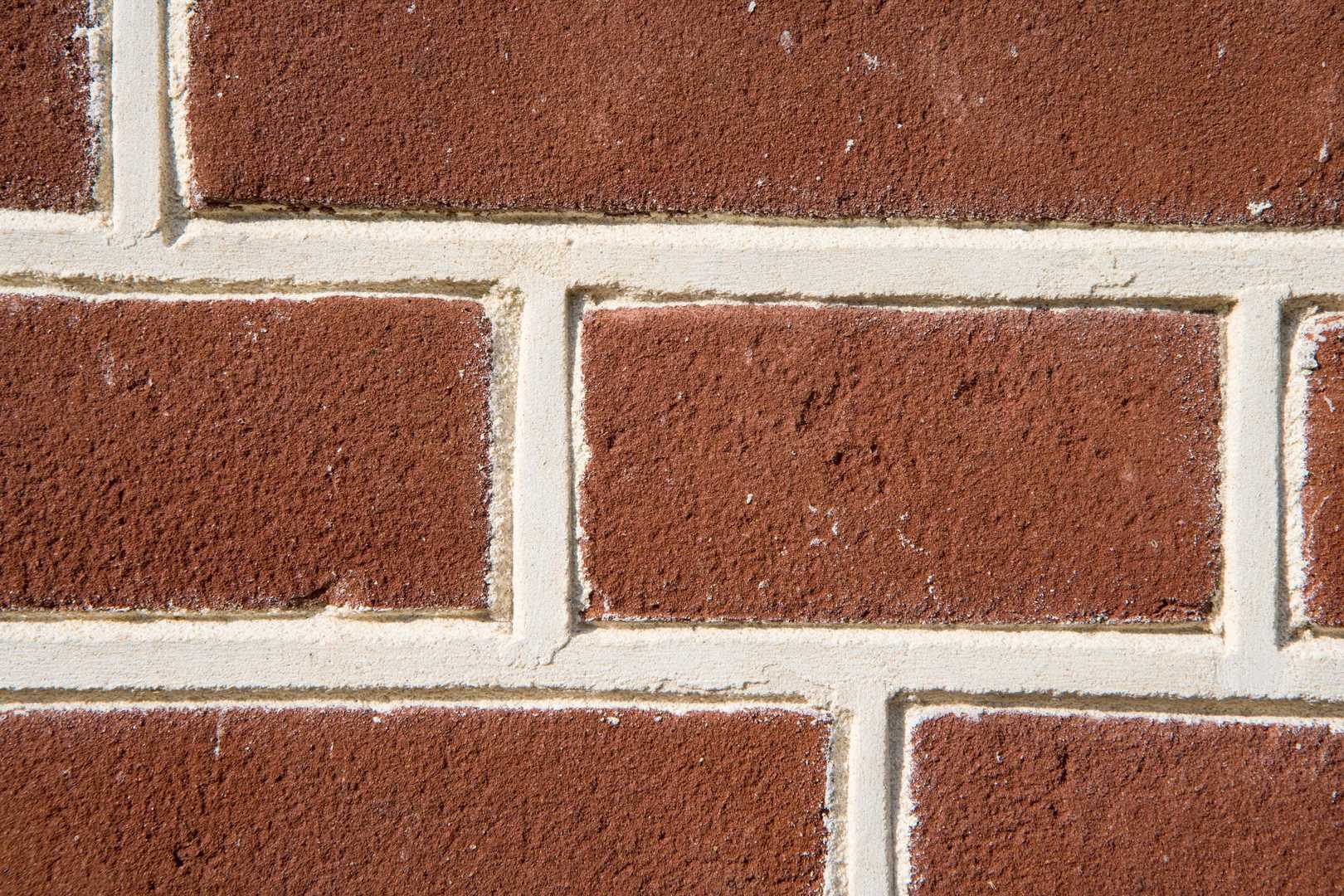Reviving old masonry is not just about preserving a structure; it’s about maintaining a piece of history. Whether you’re looking to restore a historic home or simply bring life back to an aged brick wall, understanding the right approach is key. In this blog post, we’ll explore essential tips for restoring aged brick and stone, ensuring that the beauty and integrity of your masonry are preserved.
Understanding the Material: Before embarking on any masonry restoration project, it’s crucial to understand the type of masonry you’re working with. Different eras used different materials and techniques, so a one-size-fits-all approach won’t work. For instance, the mortar used in older buildings is often softer than modern mixes. Using a too-hard mortar can cause damage to the historic bricks.
Cleaning with Care: The first step in any restoration project is cleaning. However, avoid harsh chemicals and high-pressure washers, as they can erode the surface of the brick or stone. Instead, opt for gentle, non-acidic cleaners and soft brushes. For tougher stains, consider poultice methods that draw out the stain from the masonry.
Repointing with Precision: Repointing is the process of renewing the pointing, which is the external part of mortar joints. It’s essential to match the new mortar to the original in color, composition, and texture. This not only maintains the aesthetic but also ensures compatibility in terms of strength and porosity.
Repairing Cracks: Cracks in masonry should be addressed promptly to prevent water infiltration and further damage. Use a suitable filler that allows for the natural expansion and contraction of the materials. In cases of significant damage, it might be necessary to replace individual bricks or stones.
Sealing and Protecting: Once cleaned and repaired, consider applying a breathable sealant to protect the masonry from moisture while allowing it to breathe. Avoid non-breathable sealants as they can trap moisture inside, leading to deterioration.
Professional Assistance: While some aspects of masonry restoration can be DIY-friendly, complex projects often require the skills of a professional. A mason skilled in historic restoration can provide valuable insights and craftsmanship.
Restoring aged masonry is a rewarding project that not only enhances the appearance of a building but also contributes to its longevity. With careful consideration and appropriate techniques, you can preserve the character and history of your masonry for years to come.



